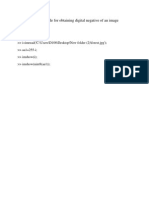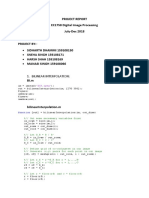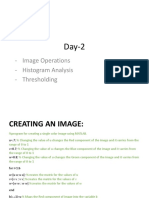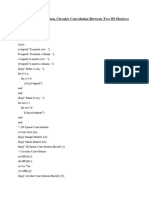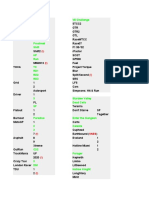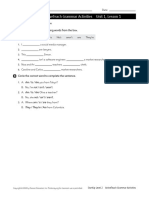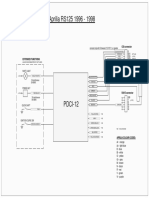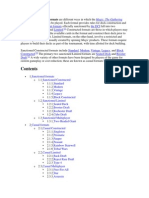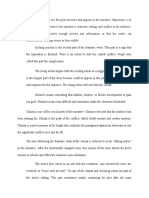0% found this document useful (0 votes)
70 views4 pagesMatlab Syntax Summary Before UTS
This document summarizes various image processing techniques in Matlab, including reading and displaying images, converting between color spaces, filtering, morphological operations like dilation and erosion, and generating test patterns like a chessboard and white circle. Key functions covered are imread, imshow, rgb2gray, median filtering, dilation, and generating patterns with meshgrid.
Uploaded by
Noviana Siti NurmalasariCopyright
© Attribution Non-Commercial (BY-NC)
We take content rights seriously. If you suspect this is your content, claim it here.
Available Formats
Download as DOCX, PDF, TXT or read online on Scribd
0% found this document useful (0 votes)
70 views4 pagesMatlab Syntax Summary Before UTS
This document summarizes various image processing techniques in Matlab, including reading and displaying images, converting between color spaces, filtering, morphological operations like dilation and erosion, and generating test patterns like a chessboard and white circle. Key functions covered are imread, imshow, rgb2gray, median filtering, dilation, and generating patterns with meshgrid.
Uploaded by
Noviana Siti NurmalasariCopyright
© Attribution Non-Commercial (BY-NC)
We take content rights seriously. If you suspect this is your content, claim it here.
Available Formats
Download as DOCX, PDF, TXT or read online on Scribd
/ 4





























